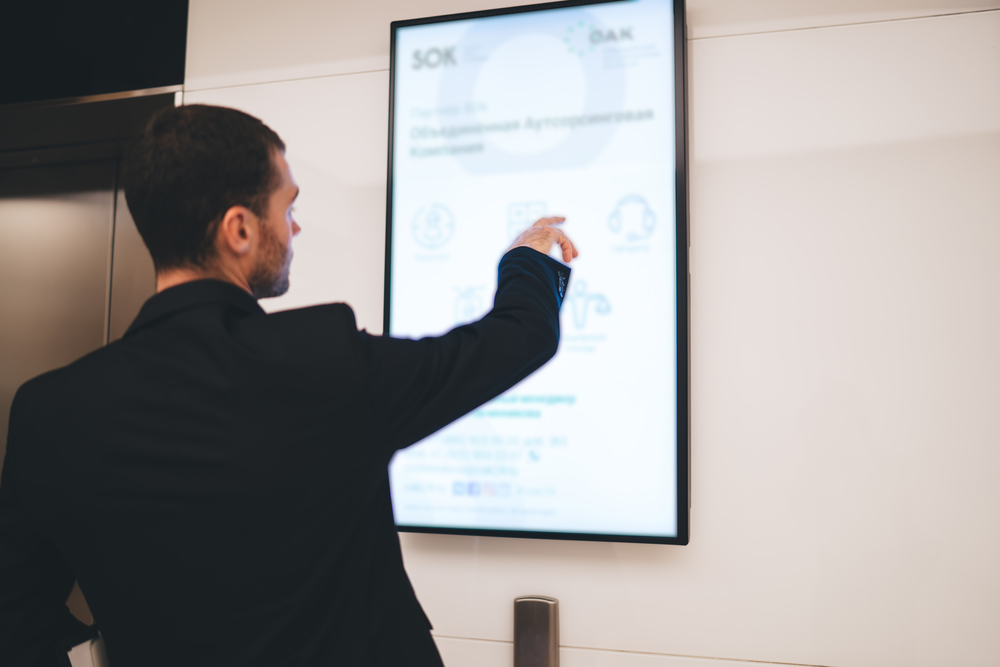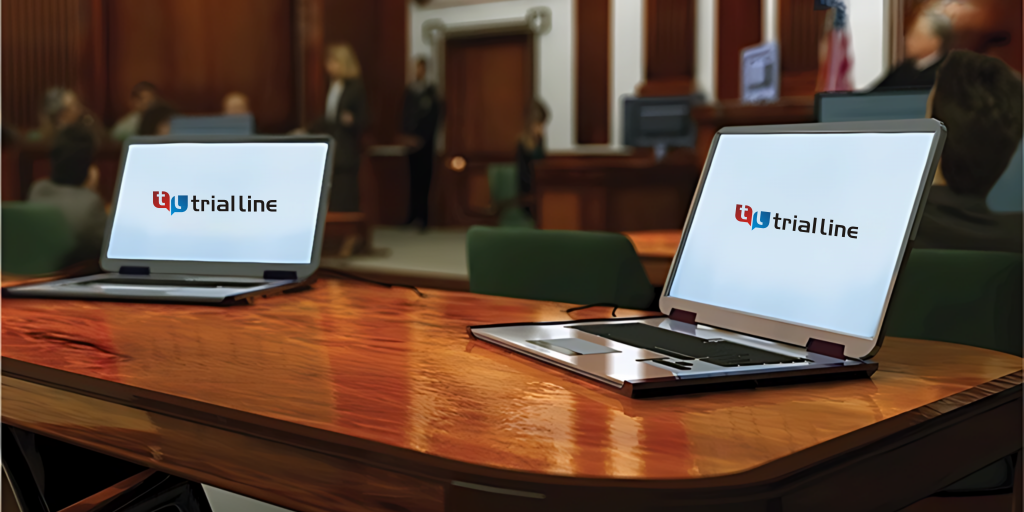Just How Test Presentations Enhance Your Debate and Persuade Jurors
Test discussions act as a crucial device for enhancing legal debates and convincing jurors. By integrating aesthetic aids, narrative frameworks, and emotional interaction, lawyers can create a compelling situation that resonates on numerous levels. The strategic use visuals not only makes clear complex info but additionally catches jurors' interest better than words alone. However, the art of narration plays a just as essential role in transforming factual evidence into a compelling story, forming jurors' assumptions - trial presentations. Comprehending these elements can considerably affect trial results, raising the question of how each part adds to this intricate dynamic.

Value of Aesthetic Aids
Aesthetic aids play an essential duty in improving the efficiency of trial discussions, as they can significantly enhance target market involvement and retention of info. In the context of a trial, where jurors are charged with processing complex info, visual aids serve to streamline and clear up bottom lines. Charts, graphs, and images can communicate information and principles that might otherwise bewilder or puzzle jurors, enabling a much more straightforward understanding of the proof presented.
In addition, aesthetic aids aid in preserving juror interest throughout the proceedings. By damaging the uniformity of spoken statement, these devices can stress important arguments, making them extra memorable. Effective visual help can likewise stimulate psychological reactions, which can be pivotal in persuading jurors to straighten with the speaker's story.

Crafting Compelling Stories
An engaging narrative is necessary in test presentations, as it acts as the backbone of efficient persuasion. It allows attorneys to weave with each other truths, evidence, and emotional aspects right into a coherent tale that reverberates with jurors. This narrative framework allows jurors to recognize the intricacies of the situation while directing them through the attorney's disagreement.
To craft a compelling narrative, lawyers need to concentrate on clearness and comprehensibility. This involves developing a clear lead character-- often the client-- and outlining their trip through the events in concern. Providing the realities in a logical series enhances comprehension and maintains interaction. Furthermore, the use of i was reading this vivid descriptions can create mental photos that assist jurors envision the events, making the story more unforgettable.
In addition, incorporating vital themes throughout the discussion strengthens the core message and help in retention - trial presentations. The narrative should not only convey information however additionally stimulate a sense of justice, highlighting the stakes included. Inevitably, a well-constructed narrative promotes a link in between the jurors and the case, placing the attorney's disagreement as both trustworthy and compelling, therefore enhancing the chance of a favorable judgment

Engaging the Court Mentally
Reliable jury interaction rests on the attorney's capability to attach with jurors on a psychological degree. This connection can significantly impact jurors' assumptions and their supreme decision-making. Utilizing sob stories permits lawyers to humanize the instance, transforming abstract legal principles right into relatable experiences. By offering real-life stories or reviews, lawyers can stimulate empathy and compassion, cultivating a deeper understanding of the issues at risk.
Aesthetic help, such as pictures or video clips, can additionally boost psychological interaction, supplying jurors with vibrant depictions of the case's human elements. Crafting a narrative that highlights the battles and victories of the individuals entailed makes certain that jurors see beyond the legal disagreements and recognize the human effects of their Get the facts decisions.
A lawyer's enthusiastic delivery can reverberate with jurors, reinforcing their emotional investment in the situation. It's vital to stabilize psychological allures with factual proof, making certain that jurors really feel forced to act while continuing to be grounded in the reality.
Structuring Your Discussion

The body of the discussion need to be practically segmented into crucial factors, each supported by engaging proof. It is useful to make use of storytelling techniques to weave truths into a story that jurors can quickly comply with. Aesthetic aids, such as charts and video clips, can enhance understanding and involvement, helping to highlight important items of proof.
Real-World Instance Researches
Taking a look at real-world situation studies gives important insights right into the art of test presentations and persuasion. The protection team effectively employed a technique that integrated high-profile expert statements with multimedia presentations, which mesmerized jurors and eventually affected their choice.
Another notable example is the "McDonald's Coffee Case," where the plaintiff's attorneys made use of visuals photos of the injuries suffered by Stella Liebeck. trial presentations. This raw aesthetic evidence played an essential role in communicating the severity of her burns, resulting in a significant court honor. Such cases show that impactful test presentations often depend upon the effective integration of visuals and storytelling to evoke psychological reactions from jurors
Moreover, the "Casey Anthony Trial" highlighted the importance of check my source narrative comprehensibility and credibility. The prosecution's failure to develop an engaging timeline reduced their influential power, underscoring the necessity of a well-structured discussion. Examining these situations exposes that effective trial presentations require critical preparation, emotional involvement, and the capacity to resonate with jurors' worths and beliefs.
Conclusion
Trial presentations dramatically improve debates and convince jurors via the critical use of aesthetic help, compelling stories, and psychological interaction. By streamlining complex info and fostering links with the audience, these components create an unforgettable and impactful experience. A well-structured presentation equilibriums psychological charms with valid evidence, eventually reverberating with jurors' values. The combination of these strategies not only influences decision-making yet likewise underscores the value of efficient communication in the court room.